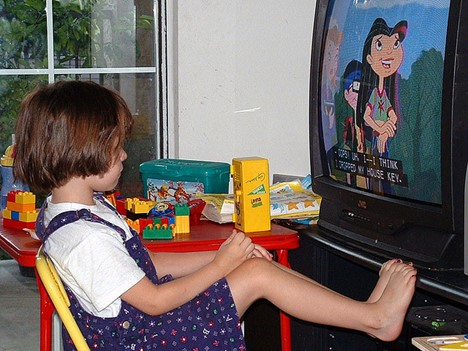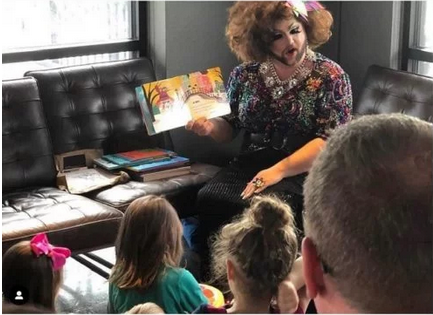Gender identity is a complex and multifaceted topic that has gained increasing attention in recent years. It is a fundamental aspect of one’s sense of self and is shaped by various societal, cultural, and biological factors. In this article, we will explore what gender identity is, how it differs from sex, and how it is constructed in various societies and cultures around the world.
Biological Sex and Gender Identity
Gender identity is not the same as biological sex. Biological sex refers to the physical characteristics that differentiate male from female bodies, such as reproductive organs and hormones. Gender identity, on the other hand, refers to an individual’s internal sense of their gender. This can include feelings of being male, female, both, or neither. Gender identity is often shaped by societal and cultural norms, which can vary widely across different societies and historical periods.
Cis-gender
It is also important to clarify what we mean by the term “cis-gender.” Cis-gender individuals are those who identify with the gender they were assigned at birth based on their biological sex. For example, if someone is born with male genitalia and identifies as a man, they would be considered cis-gender. In contrast, transgender individuals are those who do not identify with the gender they were assigned at birth. This can be a complicated and often painful experience, as society often puts pressure on individuals to conform to traditional gender roles and expectations.
Agents of Socialization and Gender Identity

Sociological theory can provide useful insights into the construction of gender identity. The symbolic interactionist perspective, for example, emphasizes the role of socialization in shaping an individual’s gender identity. According to this perspective, gender is learned through the socialization process, as individuals are taught to conform to societal expectations regarding gender roles and behaviors. The social constructionist perspective takes this idea even further, arguing that gender is entirely a social construct, with no biological basis. These approaches share the profound influence of the social environment on gender identity, formed by agents of socialization.
Agents of socialization are the individuals, groups, and institutions that shape our beliefs, values, and behaviors. These agents include family, peers, schools, the media, and religious institutions. They have a significant impact on the development of our gender identity, as they provide us with gendered expectations, norms, and values.
Family is often the first and most influential agent of socialization. Parents and caregivers socialize children into gender roles from a young age through the toys, clothing, and activities they provide. For example, boys may be given trucks and encouraged to play sports, while girls may be given dolls and encouraged to participate in dance classes. These gendered expectations can be limiting, reinforcing the gender binary and perpetuating harmful stereotypes.
Peers also play a significant role in shaping our gender identity, particularly during adolescence. They reinforce gender norms through peer pressure and socialization. For example, boys may be teased for participating in activities or showing emotions that are perceived as feminine, while girls may be ostracized for not conforming to feminine norms of appearance or behavior.
Schools also play a role in shaping our gender identity. Curriculum often reinforces gender stereotypes, and teachers may treat boys and girls differently based on their perceived gender. For example, boys may be called on more often in math and science classes, while girls may be praised for their appearance or social skills rather than their academic abilities.
The media is another powerful agent of socialization. Media messages often reinforce harmful stereotypes and gendered expectations. For example, advertisements may depict women as sexual objects or reinforce the idea that girls should prioritize their appearance above all else. These messages can have a significant impact on individuals’ self-esteem and beliefs about their gender identity.
Religious institutions can also play a role in shaping our gender identity. Many religions have strict gender norms and expectations, and individuals who do not conform may face social ostracism or even violence.
It is important to recognize the influence of these agents of socialization on our gender identity, and to work towards creating more inclusive and accepting environments that allow individuals to express their gender in a way that feels authentic to them. This includes challenging harmful stereotypes and expectations, and recognizing the validity of diverse gender identities.
Gender identity can also be influenced by biology, as well as cultural and societal factors. For example, studies have shown that differences in brain structure and hormones can play a role in shaping gender identity. However, the relationship between biology and gender identity is complex and not fully understood.
International and historical examples can also shed light on the complexity of gender identity. In many Western societies, for example, gender roles are traditionally divided along binary lines, with men being expected to be strong, assertive, and competitive, while women are expected to be nurturing, emotional, and submissive. However, many other cultures have different conceptions of gender. The hijra of India, for example, are a group of individuals who do not fit into traditional male or female categories and have their own distinct gender identity. In some Native American cultures, two-spirit individuals are those who embody both male and female energies and are considered to be sacred.
Transgender Individuals and Gender Identity

As previously discussed, transgender individuals have a gender identity that does not match their sex assigned at birth. This can cause significant distress, and many transgender individuals choose to transition to align their gender expression with their gender identity. Transitioning can include medical interventions such as hormone therapy or gender-affirming surgeries, as well as changes in presentation and pronoun use. However, not all transgender individuals choose to or have access to medical interventions, and their identities are no less valid.
The experiences of transgender individuals highlight the social construction of gender and the limitations of the gender binary. It also highlights the impact of social norms and expectations on individuals’ gender identity and expression. As a cis-gender male, it can be difficult to fully understand the experiences of transgender individuals. However, it is important to recognize and respect their identities, and to work towards creating more inclusive and accepting communities.
Transgender individuals face significant challenges in society, as they often experience discrimination and marginalization. It is important to recognize that gender identity is a deeply personal experience and that individuals should be respected and valued regardless of their gender identity.
I recognize that understanding and being inclusive of diverse gender identities takes effort, just as it does for everyone else. However, it is important to make that effort and to educate oneself about the experiences of transgender individuals. This includes learning about the different types of gender identities, as well as the discrimination and marginalization that many transgender individuals face. In conclusion, gender identity is a complex and multifaceted aspect of one’s sense of self that is shaped by various societal, cultural, and biological factors. While biological sex is determined by physical characteristics, gender identity is an internal sense of one’s gender. Sociological theory can provide insights into the construction of gender identity, and international and historical examples highlight the diversity of gender identities across cultures. It is important to recognize and respect diverse gender identities and to work t

